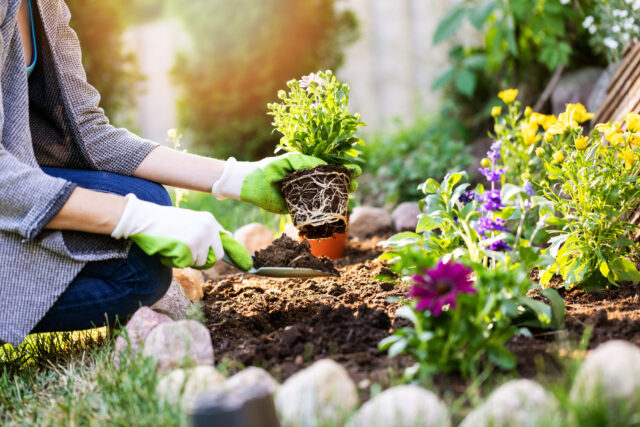
A beautiful, thriving garden is a sight to behold. But achieving that green paradise doesn’t have to come at a high cost or require a slew of harsh chemicals. With a bit of effort and some basic homemade concoctions, you can transform your landscape into a vibrant oasis while saving money and supporting a sustainable ecosystem.
Get your soil in shape with compost and compost tea
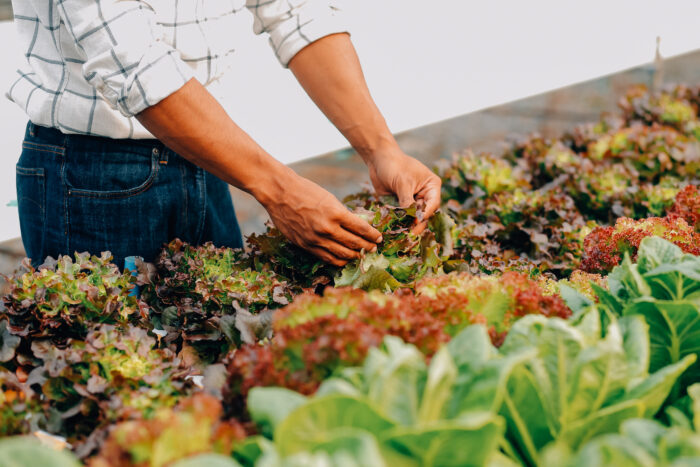
One of the foundations of a healthy, productive garden starts below the surface. Rich, nutrient-filled soil gives your plants’ roots room to establish while providing essential compounds for vigorous growth. You can recreate nature’s soil-building process at home with compost and compost tea.
Compost serves as an all-natural fertilizer and soil conditioner. Simply pile leaves, grass clippings, shredded branches, coffee grounds, vegetable scraps, eggshells, and more into a bin or enclosure. Over time, bacteria and fungi will break the mixture down into rich, crumbly compost to till into your beds. Vermicomposting uses red wiggler worms to speed the decomposition process, resulting in a worm casting and compost blend your plants will love.
Once your black gold compost is ready, you can steep some into compost tea. Fill a five-gallon bucket partway with finished compost, then top off with water. Let it brew for seven to 14 days, stirring daily. The finished liquid makes a fantastic foliar feed to pour directly over leaves or a soil drench with nutrients that seep down to your plants’ roots.
Discourage pests with organic repellents
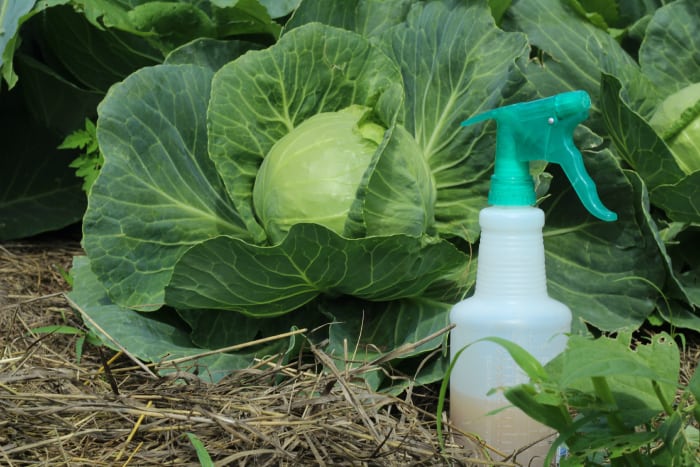
Garden pests like aphids, beetles, and cabbage worms can quickly ruin a promising crop. But pouring on the chemical pesticides later creates runoff pollution and can leave traces in your harvested food. Organic homemade repellents utilizing ingredients from your pantry provide pest protection without nasty consequences.
Many garden insects abhor the smell of garlic, hot peppers, and soap. Blend several cloves of garlic with chopped hot pepper and a few drops of dish soap. Allow that mixture to steep in a covered jar of water for a day or two, then strain out the solids. Transfer the liquid to a spray bottle to coat the leaves of susceptible plants. Reapply after heavy rain for continued protection.
Moreover, your own homemade gardening products can also tap into the powers of essential oils. Neem oil, for instance, can be a viable insecticide. Simply mix two teaspoons of it with a quarter of water and a teaspoon of mild soap. You can then spray the concoction on your plant’s foliage as a preventive measure.
Another deterrent bugs hate is the aroma of marigolds interplanted throughout your garden beds. The vibrant blossoms also attract beneficial insects that prey on common garden pests. For even more protection, scatter crushed eggshells around your veggie seedlings. The sharp edges deter soft-bodied slugs from approaching tasty greens.
Give seedlings a leg up with DIY seed starter mix
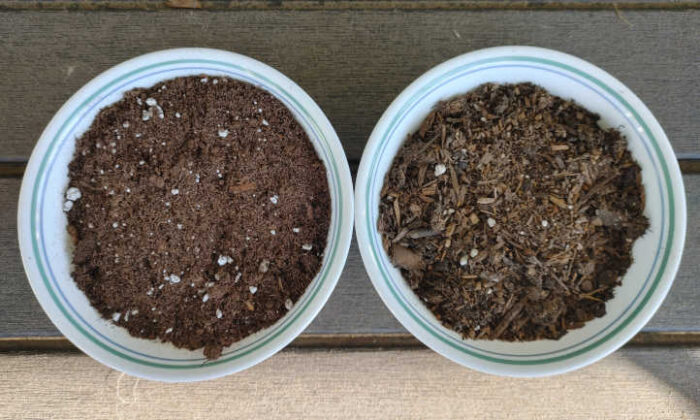
The right starting medium is vital for nurturing seeds into vigorous seedlings ready for the garden. While you can certainly purchase commercial mixes, whipping up your own soilless blend at home costs a fraction of the price.
Simply combine equal parts sphagnum peat moss or coconut coir and vermiculite or perlite. The peat/coir provides moisture retention, while the vermiculite/perlite increases drainage and aeration for healthy root development. Mix in a tablespoon or two of your compost to introduce microbes and a small dose of nutrients. The finished blend can be portioned out into starter trays or pots.
Whip up organic liquid fertilizers
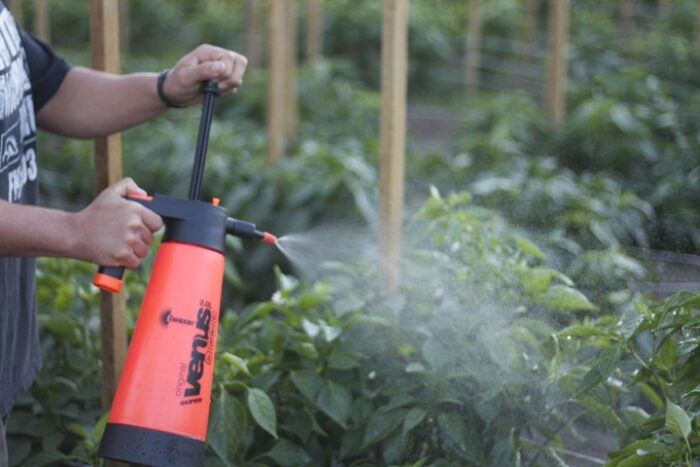
Commercial liquid plant foods deliver a quick boost of nutrients. But you can easily replicate those feeding capabilities using ingredients from your pantry and yard. Grass clippings, nettles, comfrey, and manure soaked in water create mineral-rich concoctions your garden will love.
Grass clippings are full of nitrogen, potassium, and other key compounds. Once you’ve mowed, fill a five-gallon bucket about one-quarter full of fresh-cut grass. Top off the bucket with water, then let it steep for two to three weeks. The resulting “tea” will smell earthy and make a great feed to pour at the base of plants. Just be sure to use clippings immediately before composting to avoid weed seeds.
For another nutrient-packed option, stuff a burlap sack full of nettle or comfrey leaves and stems. Weight it down in a bucket of water using a rock. After two to four weeks, the liquid will turn dark with dissolved nutrients. Dilute with water and apply the same way you would commercial fertilizers.
Manure tea utilizes the same technique but with aged animal waste instead. Steep a burlap sack full of rabbit, chicken, cow or horse manure for two to four weeks before diluting and applying the finished liquid.
In conclusion
Transforming your landscape doesn’t require deep pockets or harsh chemicals. With a bit of effort paired with homemade concoctions and upcycled garden art, you can cultivate a vibrant, eco-friendly oasis tailored exactly to your taste. Experiment with compost, nutrient-rich teas, organic pest deterrents, and other home ingredients.
Over time, these homemade products will help your landscape flourish into a healthy, sustainable environment that reflects your personal vision. Though it requires some initial work, the savings and satisfaction derived from do-it-yourself gardening products make the effort well worth it in the end.
















